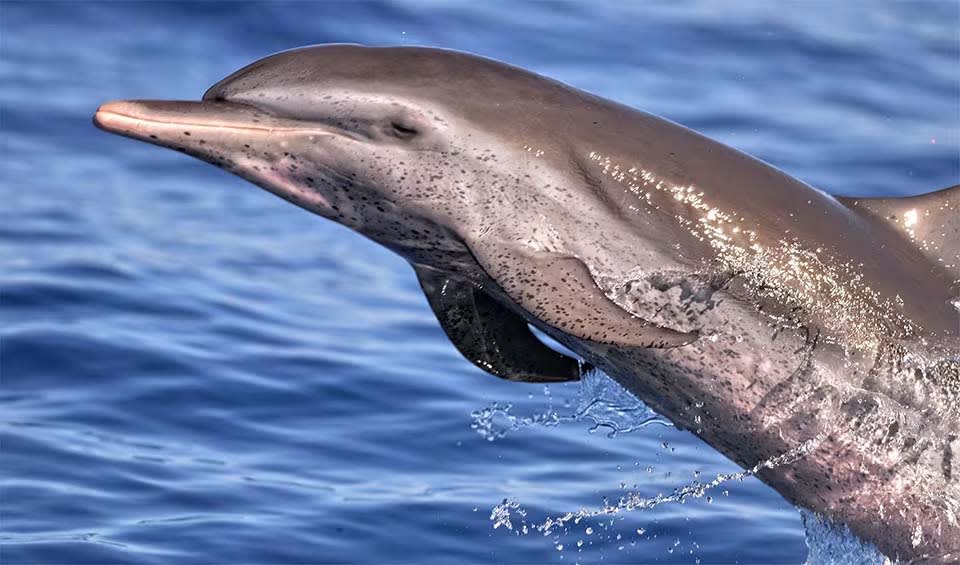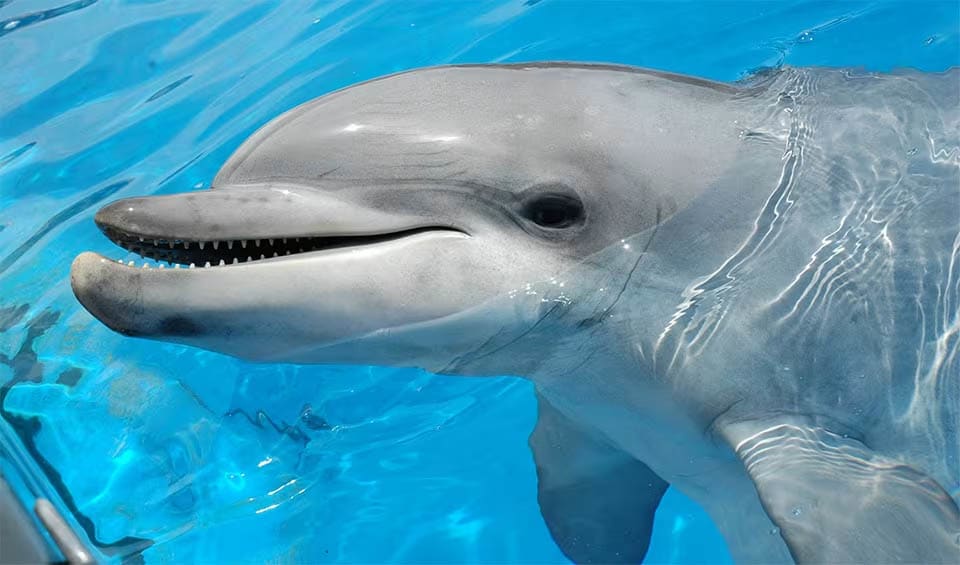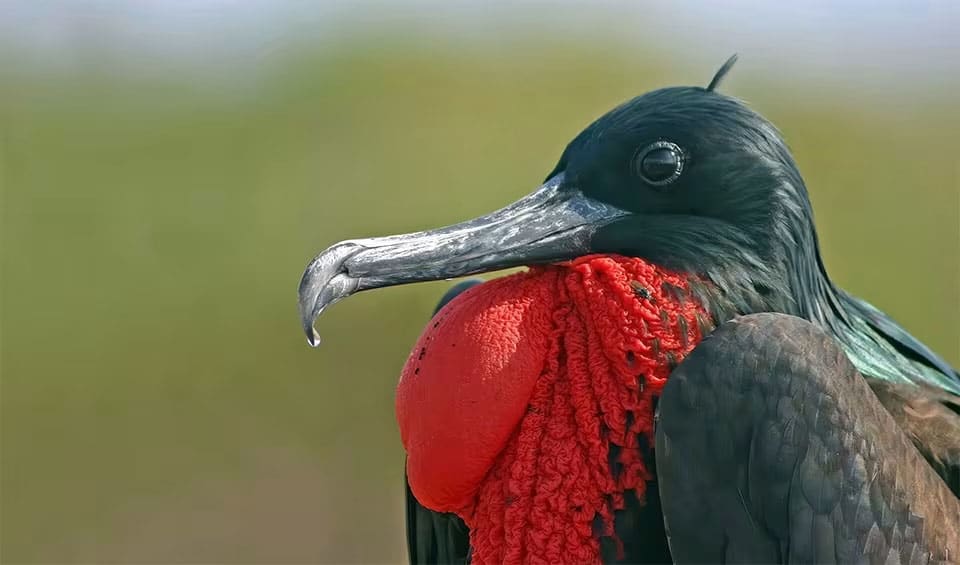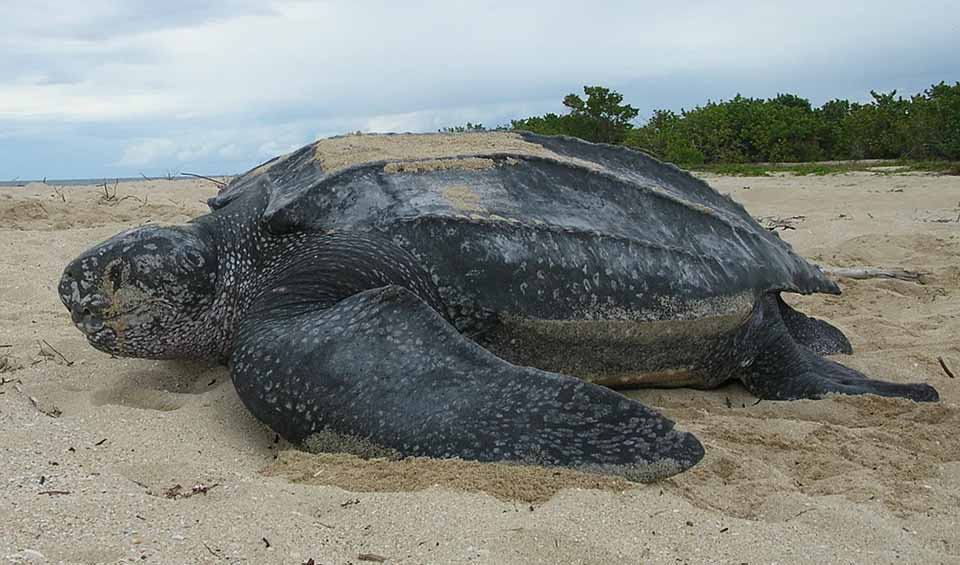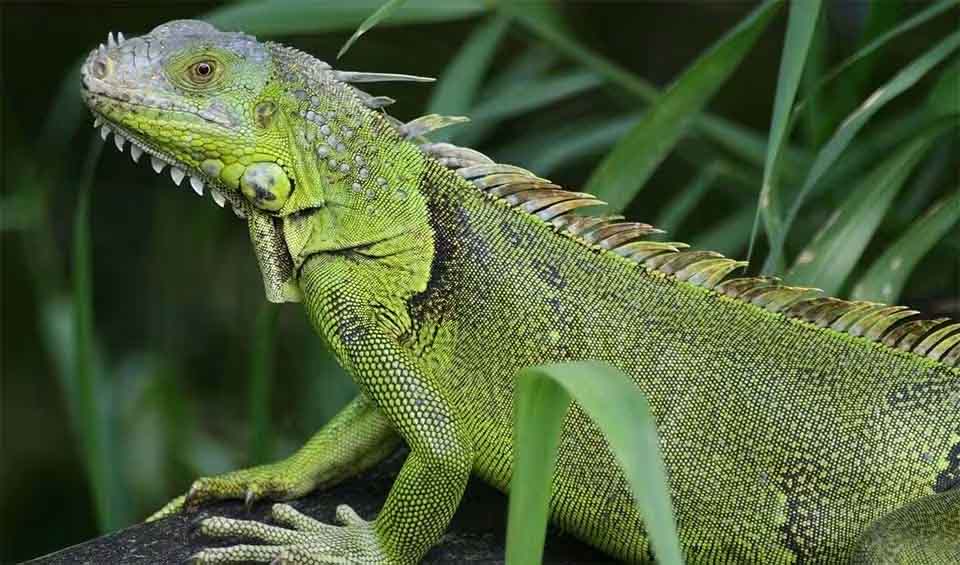Aruba, a charming island in the southern Caribbean Sea, is renowned for its stunning landscapes, pristine beaches, and vibrant culture. This tropical paradise, part of the Kingdom of the Netherlands, offers a perfect blend of natural beauty, outdoor adventure, and cultural experiences.
Located just off the coast of Venezuela, Aruba is part of the ABC islands, along with Bonaire and Curaçao. The island is relatively flat and arid, with a unique landscape that includes rocky shores, sandy beaches, and rolling dunes. Aruba enjoys a tropical climate characterized by constant warm temperatures, low humidity, and a gentle trade wind that provides a refreshing breeze. Unlike many Caribbean islands, Aruba lies outside the hurricane belt, making it a year-round destination.
Four pillars elaborated:
Aruba has several protected areas dedicated to preserving its natural beauty and biodiversity. Arikok National Park is the most significant conservation area, protecting a variety of ecosystems, from dry forests to coastal dunes. The Bubali Bird Sanctuary is another important protected area, providing a haven for migratory birds and local wildlife. Conservation efforts on the island focus on sustainable tourism, habitat restoration, and environmental education. Land Management
Land Management
Overfishing and pollution pose major threats to marine biodiversity in Aruba, depleting fish populations and damaging coral reefs vital to the island’s ecosystem. Climate change and ocean acidification further threaten Aruba’s biodiversity, with rising sea temperatures causing coral bleaching and invasive species spread, while acidification weakens coral skeletons. Threats to Biodiversity
Threats to Biodiversity
Additionally, tourism contributes to the destruction of mangroves, crucial for protecting coastlines from erosion and providing habitats for fish and other marine life. These combined threats highlight the urgent need for effective conservation strategies to safeguard Aruba’s unique marine and coastal environments.
Aruba has demonstrated proactive efforts to conserve biodiversity and protect its natural environment through several key initiatives. Isla di Oro and over twenty other areas have been designated as part of Aruba’s National Park, becoming nature reserves and marine conservation zones under the Regional Ordinance on Nature Preservation (ROPV). In addition, Aruba’s government is working to enshrine environmental rights in its constitution, recognizing the “rights of nature” and affirming a human right to a clean, healthy, and sustainable environment. Capacity and Governance
Capacity and Governance
Furthermore, the Aruba Conservation Foundation has expanded its role to actively protect the island’s unique biodiversity, emphasizing the need for sustainable tourism for the preservation of natural treasures. These efforts illustrate Aruba’s commitment to sustainable development and environmental conservation, ensuring a balanced and sustainable future for the island’s biodiversity.
Aruba’s National Strategic Plan (NSP) outlines a vision for a sustainable future by 2030, in line with the UN’s Sustainable Development Goals (SDGs). The plan focuses on balancing economic growth, social well-being, and environmental protection. One key initiative involves expanding the current Marine Park to encompass the entire island, aiming to protect coral reefs, seagrass beds, mangrove forests, and migratory species, thus promoting sustainable management and conservation of these critical ecosystems. Future Trends
Future Trends
Additionally, Aruba actively engages in international programs such as BESTLIFE2030, which provides funding for biodiversity protection, natural resource conservation, and climate change adaptation, demonstrating the country’s dedication to global sustainability efforts.
Biodiversity
Aruba boasts a rich biodiversity, particularly in its marine environments. The island’s coral reefs are home to a diverse array of marine life, including colorful fish, sea turtles, and vibrant corals. Popular snorkeling and diving spots, such as the Antilla shipwreck and the reefs off Baby Beach, offer a glimpse into this underwater world.The island’s terrestrial fauna includes the Aruban whiptail lizard, the Aruban burrowing owl, and various bird species that inhabit the island’s wetlands and coastal areas. The island’s flora includes unique plant species adapted to the arid climate, such as the iconic divi-divi tree, which is shaped by the constant trade winds.
In the table below are the number of known species in several main groups, how many of these species are Threatened with extinction, and how many of them are Endemic (unique to Aruba only):
| Species (World rank) |
Threatened | % Threatened | Endemic | % Endemic | |
|---|---|---|---|---|---|
| Mammals | 32 (#179) | 2 | 6.3% | 0 | 0.2% |
| Birds | 152 (#180) | 1 | 0.7% | ||
| Reptiles | 19 (#159) | 2 | 10.5% | 2 | 10.5% |
| Amphibians | 3 (#175) | ||||
| Fishes | 574 (#102) | 44 | 7.7% | ||
| Plants | 334 (#202) | 2 | 0.6% | 6 | 1.8% |
mammals
Pantropical spotted dolphin
A champion swimmer and a social butterfly of the warm seas
Common bottlenose dolphin
Known for their acrobatic leaps, twisting and turning gracefully as they jump completely out of the water
birds
Venezuelan troupial
The largest and the most visually unusual of all orioles
Great frigatebird
These birds spend weeks in the air and hunt, preen and even sleep while in flight
Scarlet ibis
The flocks of this striking self-descriptive bird are a sight to behold
reptiles
Leatherback sea turtle
The mysterious diver of the ocean is the largest and only sea turtle without a hard shell and scales
Loggerhead sea turtle
One of the largest and strongest sea turtles in the world
Green iguana
From the US down to Brazil, this trans-American lizard is the most common iguana
National Animals
Burrowing owl
They don’t build their own nests – they cleverly take over burrows abandoned by prairie dogs, ground squirrels, or even tortoises!
Brown-throated parakeet
Charming little parrot with a personality as bright as its feathers
